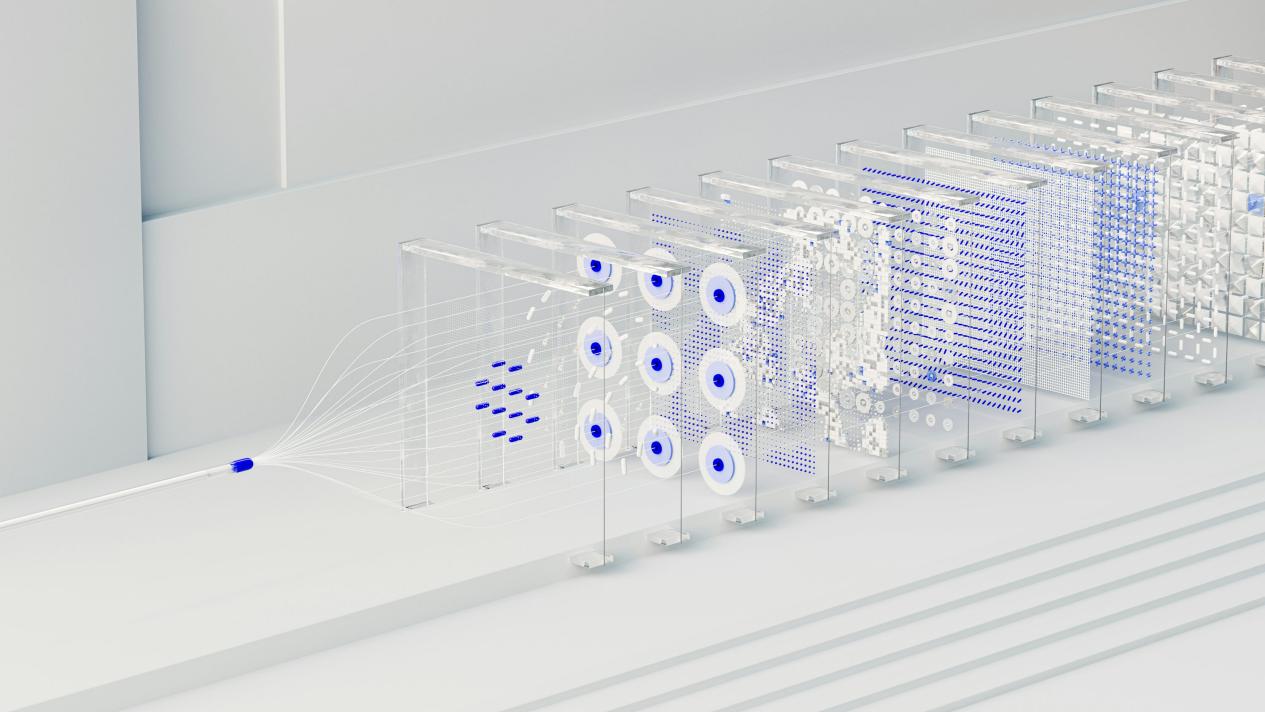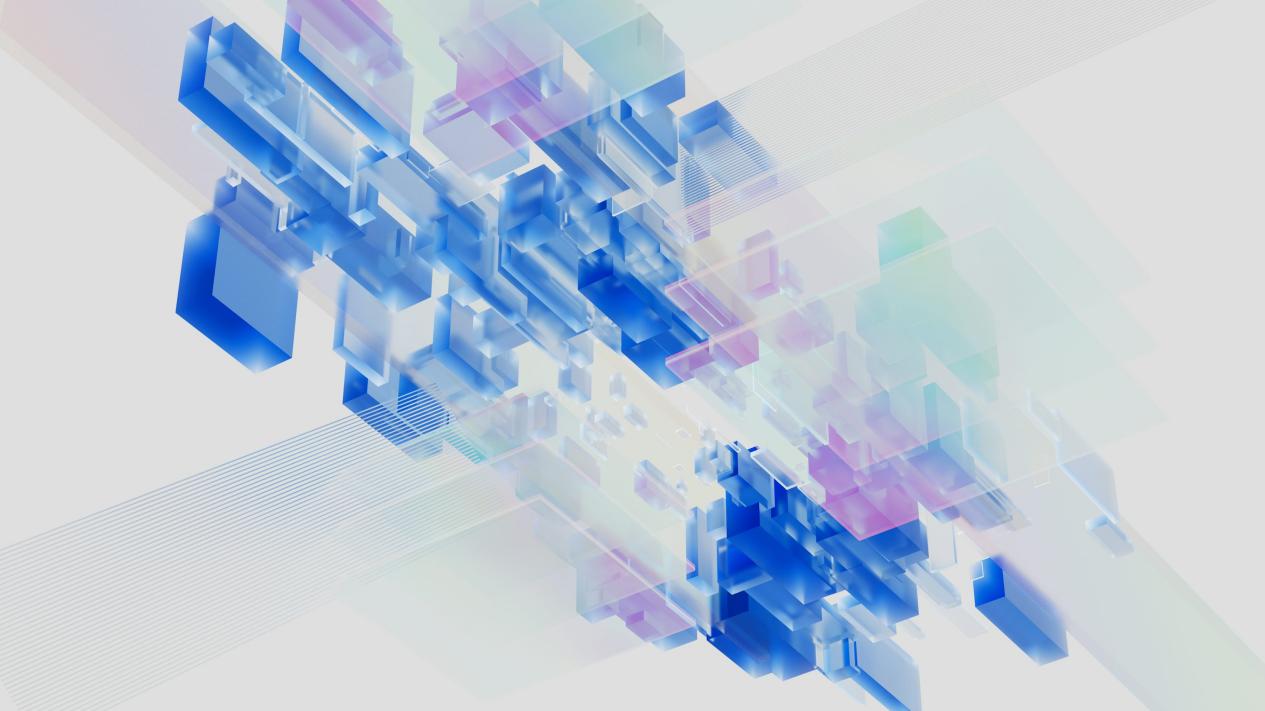The secret to preventing and dealing with losses caused by internal and external risks in data centers

The digital asset protection system is facing a double test, and the hidden dangers brought by internal management loopholes are often underestimated. The total amount of enterprise data is growing exponentially, and the application of intelligent technology is giving rise to new security challenges. Industry surveys show that 70% of decision-makers list data security as a core concern for outsourcing cooperation.
The data storage architecture is transitioning from centralized to distributed, which brings a new risk transmission chain. Like a precision operating mechanical system, an abnormality at a certain node may trigger a chain reaction. Although the physical protection system is becoming increasingly sophisticated, security vulnerabilities at the logical level are still prevalent.
Penetration testing has become a standard defense measure in the industry, testing system resilience through simulated attack paths. Despite the continuous increase in security investment, data loss incidents still occur frequently, exposing the limitations of traditional protection concepts.
Improper management of internal personnel permissions may pose a risk of data leakage. Data shows that the annual growth rate of data theft incidents involving departing employees has reached 17%, involving core assets such as trade secrets and customer information. A certain manufacturing enterprise once experienced a brief system malfunction that caused order delays, resulting in direct losses exceeding tens of millions.
The excessive opening of remote access channels exacerbates security risks. Most of the remote permissions extended during special periods have not been reclaimed in a timely manner, resulting in normalized risk exposure. Suggest implementing a dynamic permission management mechanism to replace traditional extensive access authorization.
Building an intelligent protection system requires grasping three core aspects:
1、 Dynamic permission management system
Change the traditional "all or nothing" permission allocation model and establish a precise mapping between job functions and data permissions. Production management personnel only obtain production line operation data, while the R&D team isolates financial information access channels. Permission configuration needs to be updated in real-time according to organizational structure adjustments. It is recommended to introduce an automated management system to achieve permission lifecycle monitoring.
matters needing attention:
Establish a cross departmental collaboration mechanism and regularly review job data requirements
Configure a dedicated team for permission auditing and maintenance

2、 Intelligent partition protection network
In a distributed storage architecture, it is recommended to build a logically isolated virtual data fence. Implement physical isolation storage for core R&D data, and set up a two-way verification mechanism for partner access channels. When adopting a multi cloud disaster recovery solution, it is necessary to establish cross platform security protocol standards.
Implementation points:
Balancing partition refinement and operational costs
Establish a cross regional data mirroring protection mechanism
3、 Behavior analysis warning system
Build a user behavior baseline model based on machine learning to capture abnormal data flow in real-time. When unconventional access behavior is detected, the system automatically triggers a three-level warning mechanism. In terms of mobile terminal management, it is recommended to implement device fingerprint recognition technology and bind device and operator identity information.

Key elements:
Develop false positive filtering algorithms to improve monitoring accuracy
Build a threat intelligence sharing platform
Regularly update the compliance testing standard library
The field of risk management is undergoing a conceptual revolution, and insurance institutions have incorporated the level of zero trust implementation into their risk assessment system. It is recommended that enterprises establish a maturity assessment model for security protection, organically integrate technical protection and management mechanisms, and form a protection network covering the entire lifecycle of data.
(Writer:Frid)


